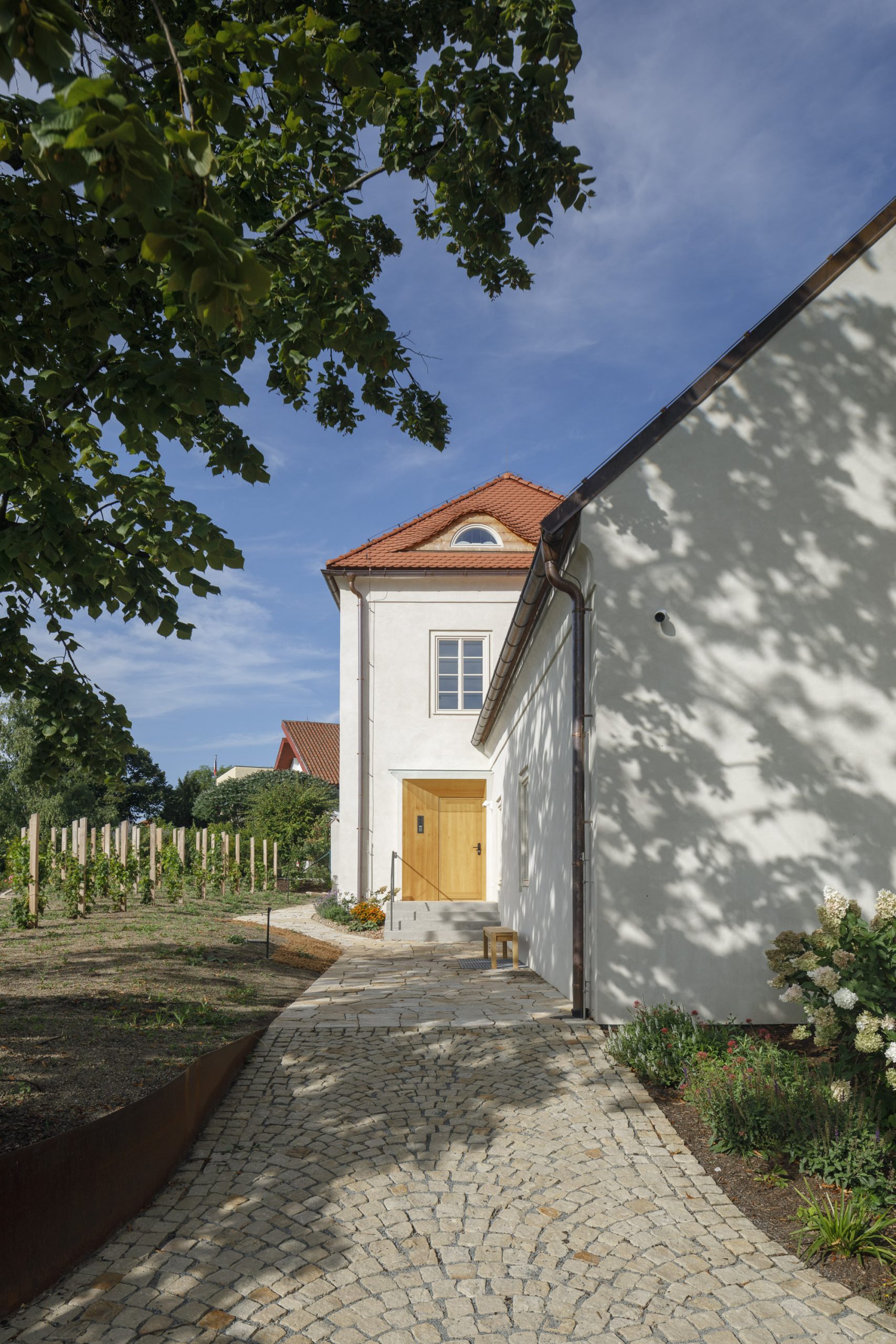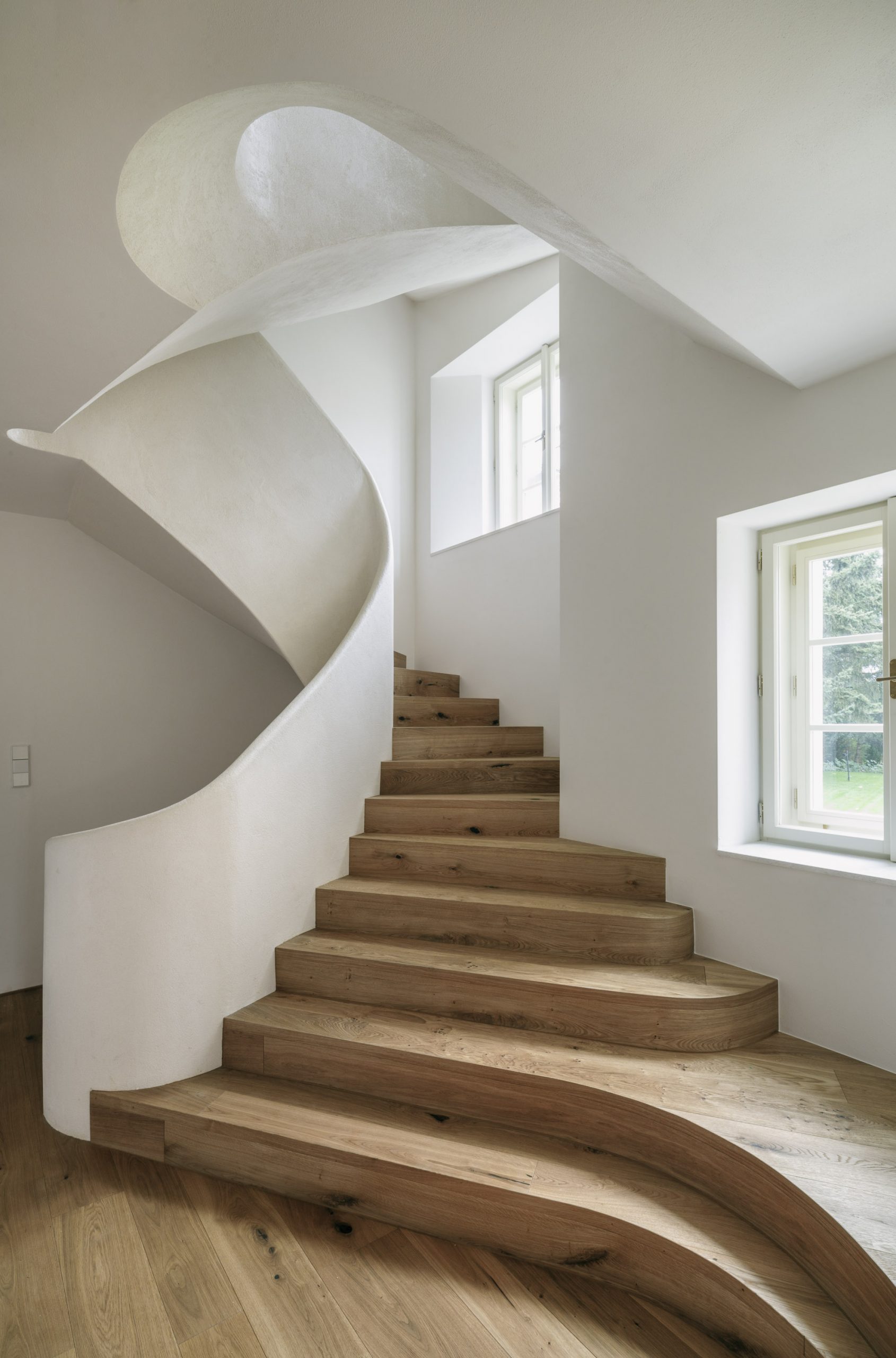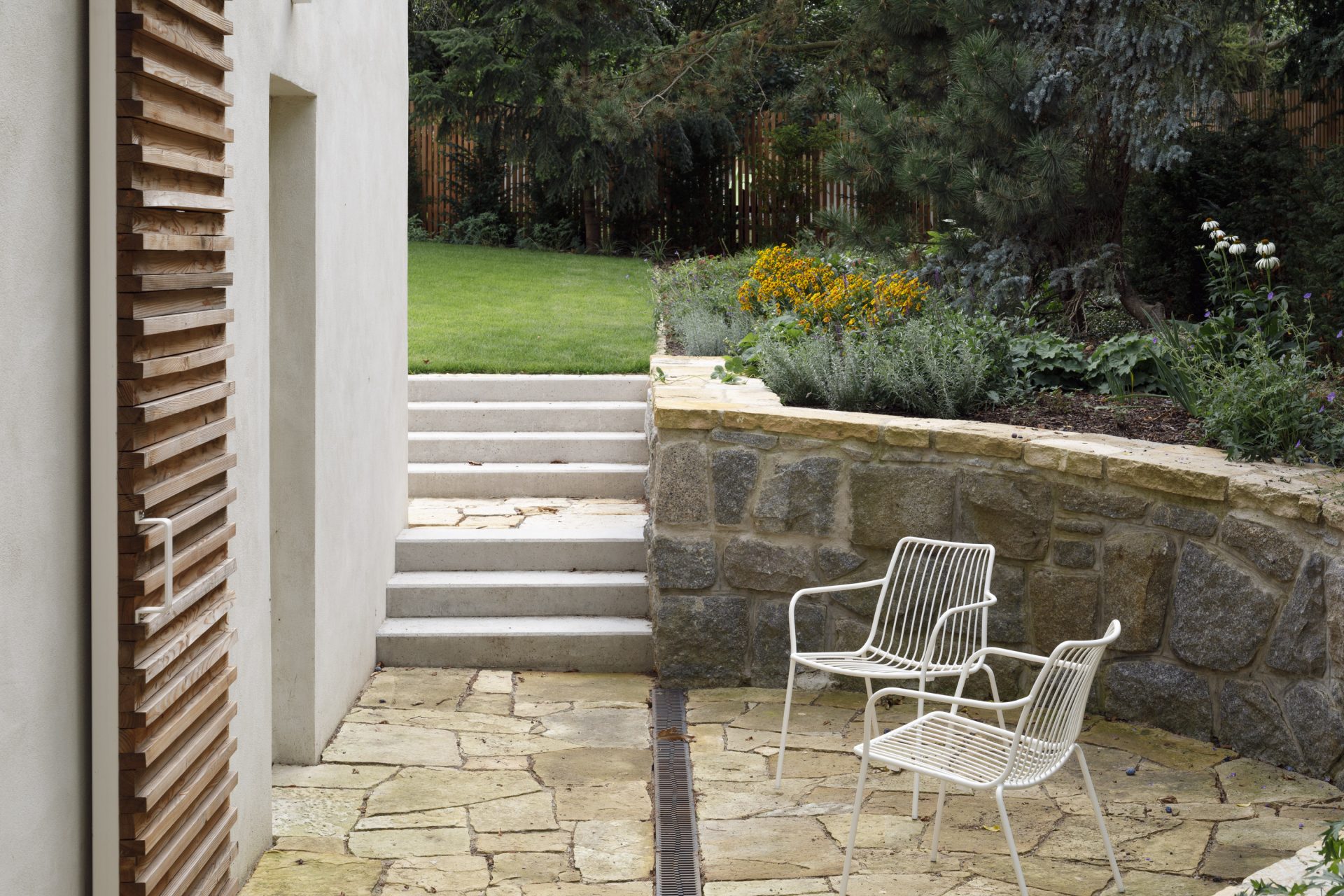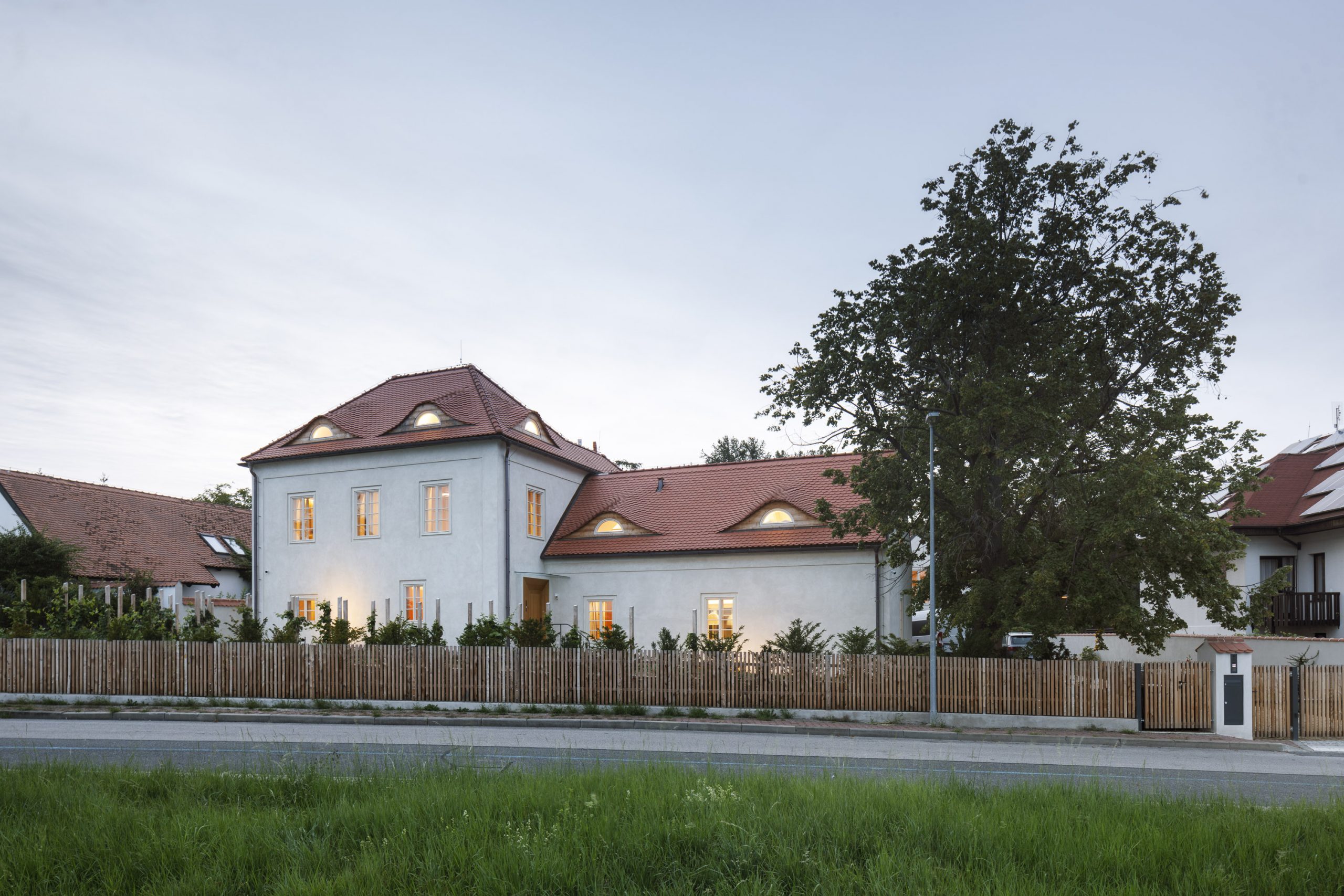The atmosphere of the original Baroque vineyard estate comes to life again thanks to a sensitive reconstruction
The original Baroque structure, now a monumentally protected object, is one of the original vineyard houses in Prague that has undergone significant transformations over the centuries. The reconstruction has cleansed the building from recent alterations and adapted it for the function of a family villa with a well-functioning layout.
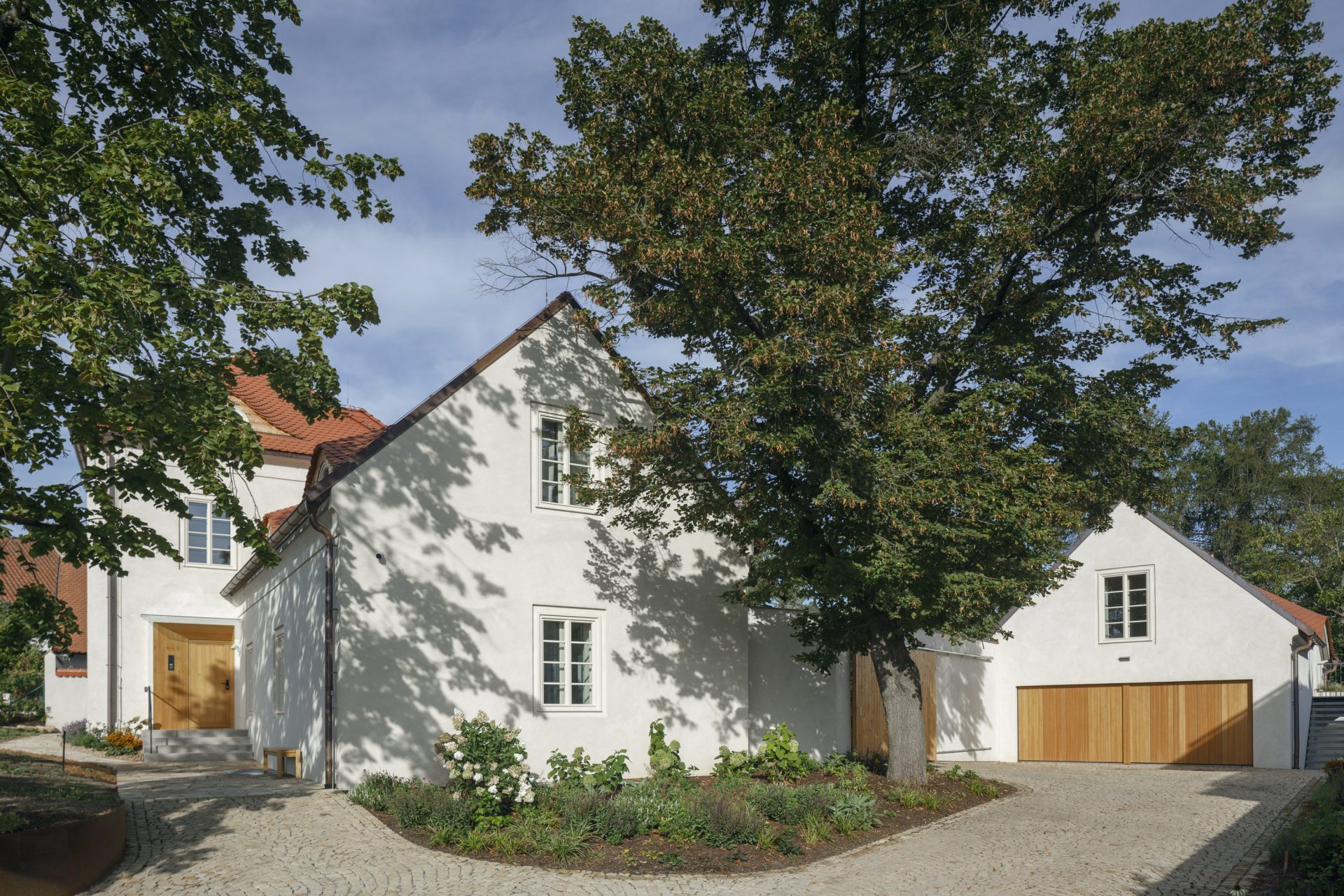
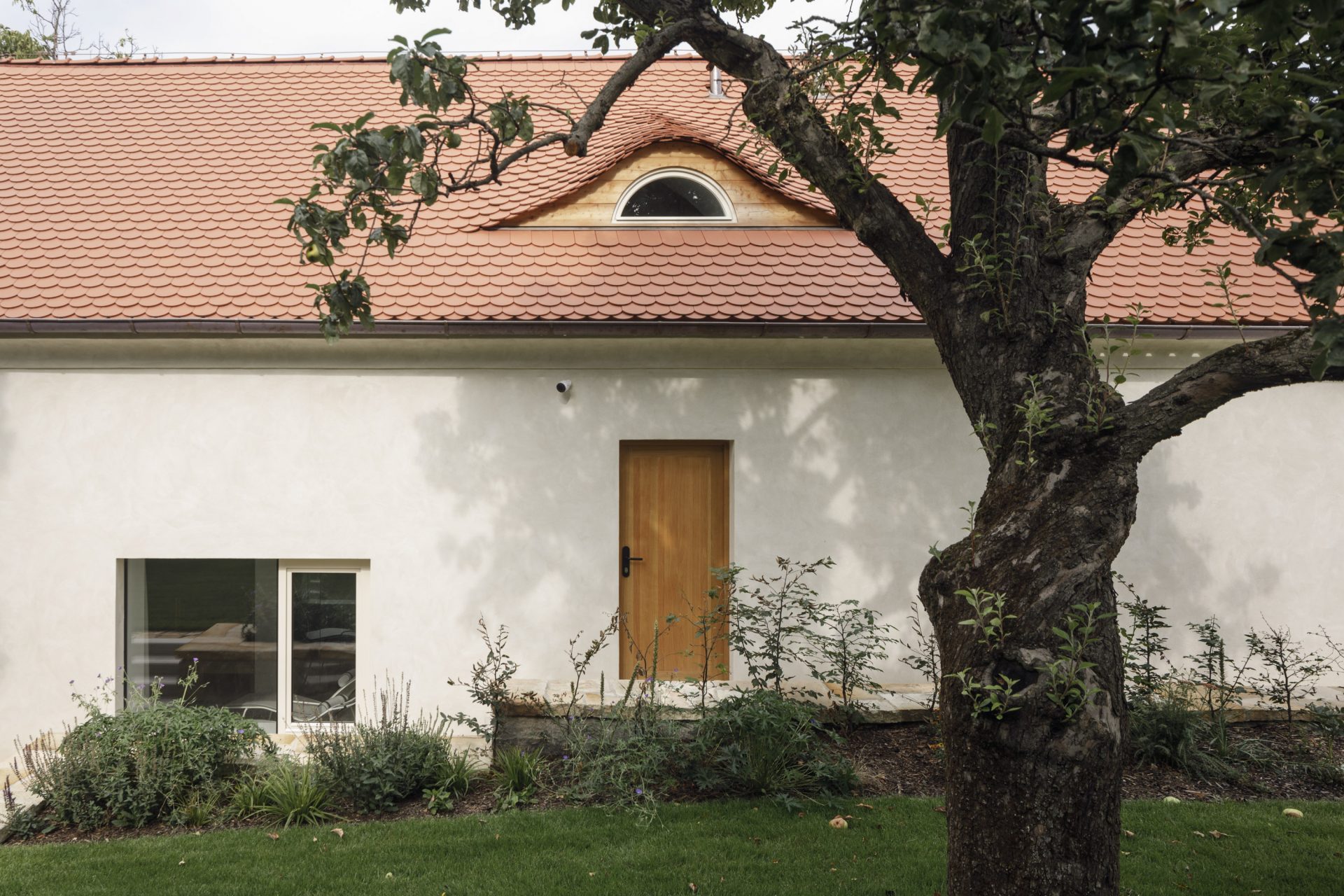

The former vineyard house Špitálka has a long history. The first mentions date back to the turn of the 15th and 16th centuries when the Vltava Valley was lined with numerous vineyards. According to a building-historical survey, there were over 120 vineyards in the Dejvice cadastral area alone in the 16th century, and the estate was one of them. However, at the beginning of the 17th century, their decline began, the Thirty Years’ War occurred, and the climate cooled, leading to the amalgamation of vineyards and the transformation of vineyard buildings into agricultural structures
The homestead served as a farm during the 18th and 19th centuries and was owned by the Order of the Knights of the Cross with the Red Star. They sold it at the turn of the century, and during the 20th century, the house was gradually extended. A radical transformation occurred in the 1990s when the estate was divided, and only a portion of the historic masonry remained from the original building. All original elements such as windows, doors, and roofs were replaced.
The goal of the design was to change the atmosphere of the 1990s and to return to the former estate. The concept is based on the construction of a new wall – a change in the relationship between the internal and external space. The wall is thus part of a clear boundary, which, with its atmosphere, relates to the inner courtyards of the former estate.
The current historical value of the estate lies in its urban integration, which is surprising in the context of the surrounding villas. The house is turned towards the street and the neighboring villas, illustrating the transformation of the place over the centuries.
The internal transformation of the house is embodied by the staircase that winds through all the floors. Its sculptural expression dominates the communal spaces of the house and connects views throughout the interior world of the home. The shaping of the staircase was inspired by the Baroque curve, which is reflected in the design of the attic ceilings or the cladding in the cinema room in the basement.
The second main entrance of the design into the interior of the house was radically opened with a wide window to the garden, fundamentally transforming it. An extension to the interior space of the garden opened with a wide panoramic window, and a wall with sliding gates, separating two worlds, can alter the degree of intimacy.
The interior features oak wood, fabrics in shades of gray, and white paint, bringing light into the space. The 16th-century masonry is recalled in the ground floor of the house with at least a few stones. A picket fence relates to the former estate, as well as the vineyard in front of the house.
